Home>Interior Design>10 Ways To Use Textured Paint In Your Home
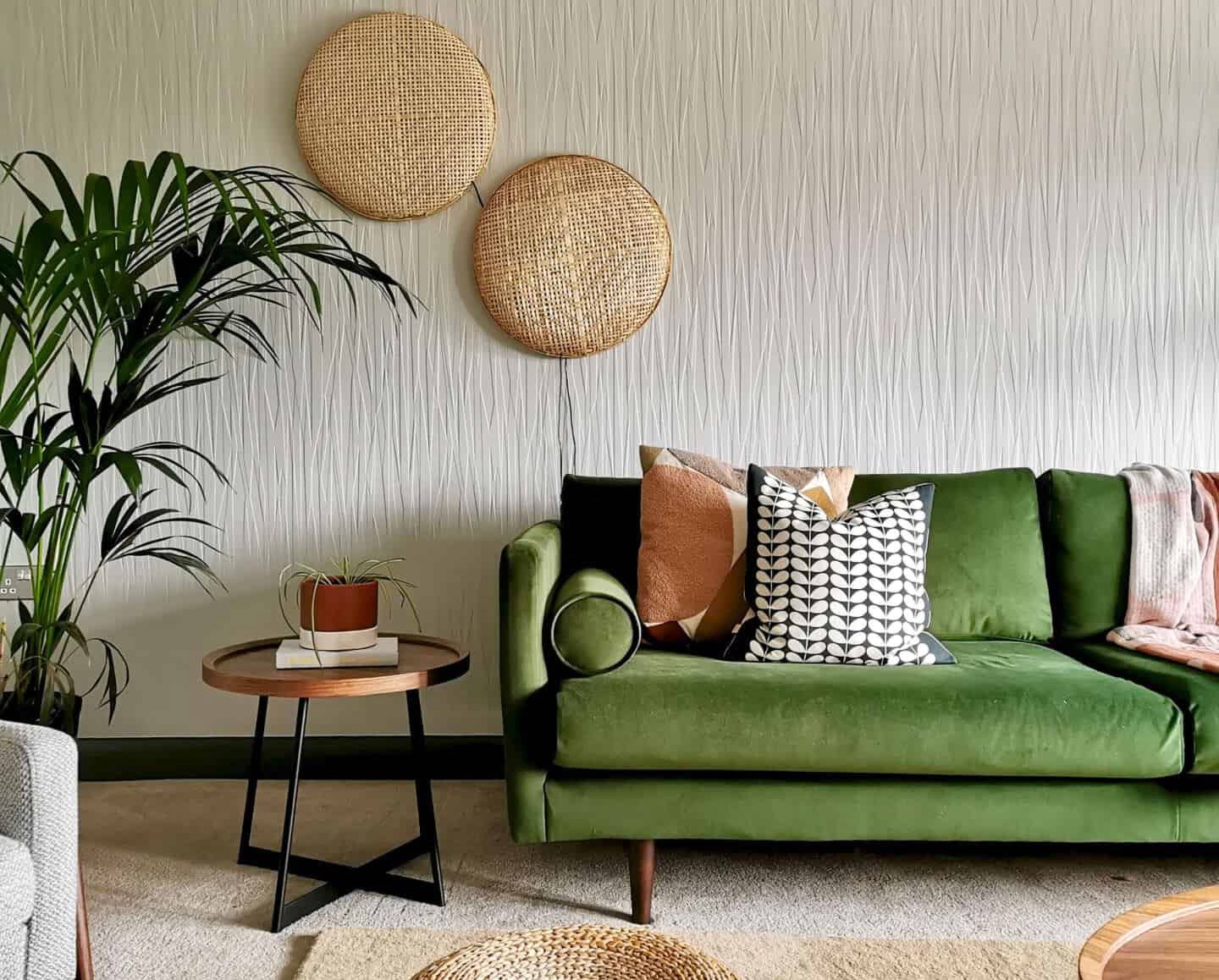

Interior Design
10 Ways To Use Textured Paint In Your Home
Modified: October 20, 2024
Transform your home with these 10 creative ways to use textured paint for an interior design makeover. From accent walls to unique finishes, discover how textured paint can add visual interest and depth to your living spaces.
(Many of the links in this article redirect to a specific reviewed product. Your purchase of these products through affiliate links helps to generate commission for Storables.com, at no extra cost. Learn more)
Introduction
When it comes to interior design, the texture plays a crucial role in creating depth and visual interest in a space. One way to add texture to your walls, furniture, and other surfaces is by using textured paint. Textured paint not only adds a tactile element to your home but also provides an opportunity to experiment with different colors and patterns.
In this article, we will explore 10 creative ways to use textured paint in your home. From accent walls to wainscoting, the possibilities are endless. So, let’s dive in and discover how you can transform your living space with the magic of textured paint.
Key Takeaways:
- Transform your home with textured paint, from accent walls to furniture and even exterior walls. Experiment with colors and patterns to create a unique and visually captivating living space.
- Incorporating textured paint in kids’ rooms adds sensory exploration and visual interest, stimulating imagination and creativity. Create a fun and engaging environment with playful patterns and interactive textures.
Read more: Add Depth To Your Decor With Texture
Accent Walls
One of the most popular ways to use textured paint is on accent walls. An accent wall is a focal point in a room that draws attention and adds visual interest. By applying textured paint to an accent wall, you can create a stunning backdrop that enhances the overall aesthetic of the space.
When choosing a textured paint for an accent wall, consider the style and ambiance you want to achieve. If you prefer a rustic look, opt for a textured paint with a weathered or distressed finish. For a more contemporary feel, a smooth textured paint with geometric patterns or subtle textures can add a modern touch.
In addition to adding texture, textured paint can also help to camouflage imperfections on the wall surface. If your wall has some minor dents or cracks, textured paint can effectively hide them, giving the wall a seamless and flawless appearance.
When selecting a color for your accent wall, consider the overall color scheme of the room. If you want to make a statement, choose a bold and contrasting color to create a dramatic effect. On the other hand, if you prefer a more subtle look, select a textured paint that is similar in color to the rest of the walls but has a different texture to create a subtle yet distinct visual impact.
Remember to balance the texture and color of the accent wall with the other elements in the room. If the wall is heavily textured, keep the rest of the furnishings and decor relatively simple to avoid overwhelming the space. Conversely, if your accent wall has a more subdued texture, feel free to incorporate bolder furniture pieces and accessories to create a visually captivating composition.
Ceilings
Traditionally, ceilings have been overlooked when it comes to interior design. However, using textured paint on your ceilings can completely transform the look and feel of a room. It adds dimension and visual interest, making the ceiling a captivating element of the space.
There are various ways to incorporate textured paint on your ceilings. One option is to apply a textured paint all over for a unique and textured look. This works particularly well in rooms with high ceilings as it adds drama and draws the eye upwards, creating a sense of grandeur.
If you prefer a more subtle approach, consider using textured paint on specific areas of the ceiling. You can create a focal point by applying textured paint in a pattern or design in the center of the ceiling. This will not only enhance the aesthetic appeal of the room but also add a touch of sophistication.
Another interesting way to use textured paint on ceilings is to create a faux finish. You can mimic the look of materials such as wood, metallics, or even clouds. This adds an element of surprise and uniqueness to the space, giving it a truly custom and personalized touch.
When choosing the right texture for your ceiling, keep in mind the overall style and ambiance of the room. If you have a modern or minimalist decor, consider a more subtle texture that adds a hint of visual interest without overpowering the space. On the other hand, if you have a traditional or rustic decor, you can opt for a more pronounced and textured paint to complement the overall theme.
Lastly, don’t forget the power of color. While white has been the traditional choice for ceilings, using textured paint opens up a world of possibilities for adding color to your ceilings. Consider using a contrasting or complementary color to bring a fresh and dynamic look to the room. Just ensure that the color and texture of the ceiling harmonize with the overall color palette and design scheme of the space.
Furniture
Textured paint is not limited to just walls and ceilings; it can also be used to update and transform your furniture pieces. Whether you have a tired old dresser or a plain wooden table, textured paint can give them a new lease on life and add character to your space.
Before applying textured paint to your furniture, it’s important to prepare the surface properly. Clean the furniture thoroughly and sand it to create a smooth and even base. If there are any imperfections or scratches, fill them with wood filler and sand again. This will ensure that the textured paint adheres well and creates a flawless finish.
There are several techniques you can use to add texture to your furniture. One simple method is using a textured roller, which can create various patterns and designs. For a more DIY approach, you can also use a stencil or create a distressed look with sandpaper or a dry brush technique.
When choosing a textured paint for furniture, consider the style and theme of the room. If you want to achieve a shabby chic or vintage look, opt for a textured paint with a distressed or crackled finish. For a more contemporary aesthetic, choose a paint with a smooth texture or a geometric pattern that complements the overall design of the space.
Don’t be afraid to experiment with colors as well. Textured paint comes in a wide range of shades and finishes, so you can easily find the perfect color to match your existing decor or create a striking contrast. Just remember to apply a protective topcoat or wax to seal the paint and protect it from wear and tear.
Using textured paint on furniture is a cost-effective way to add personality and style to your home. By repurposing old pieces or customizing plain furniture, you can create one-of-a-kind focal points that elevate the overall design of your space.
Backsplash
A backsplash is a wonderful opportunity to introduce texture and visual interest into your kitchen or bathroom. Typically located between the countertop and upper cabinets, the backsplash area can be a focal point that adds a touch of creativity and style to the space.
Using textured paint for your backsplash allows you to achieve a unique and custom look without the cost and hassle of installing traditional tiles. Textured paint can mimic the appearance of various materials such as stone, brick, or even mosaic patterns, giving you endless design possibilities.
Before applying textured paint to your backsplash, ensure that the surface is clean and free of any grease or grime. Sand the area lightly to create a smooth and even base, especially if you are painting over existing tiles or a smooth surface.
One popular technique for creating textured backsplashes is to use a trowel or a sponge to apply the paint. This method allows you to control the texture and create the desired effect. You can choose to create a subtle texture that adds depth and dimension or go for a more pronounced texture that makes a bold statement.
When selecting the color for your textured backsplash, consider the overall color scheme and style of the room. Neutral tones, such as grays, creams, or earthy tones, work well for a subtle and timeless look. If you want to make a bold statement, consider using vibrant or contrasting colors that complement the rest of the space.
It’s important to seal the textured backsplash with a waterproof and heat-resistant topcoat to protect it from moisture and heat damage. This will ensure that your backsplash stays beautiful and durable for years to come.
Ultimately, a textured paint backsplash adds personality and charm to your kitchen or bathroom. It allows you to express your creativity and create a unique focal point that reflects your personal style.
Fireplace Surrounds
A fireplace surround is the area around the fireplace that adds style and character to the space. Textured paint can be a fantastic option to create a stunning and eye-catching fireplace surround that becomes the focal point of the room.
Using textured paint on a fireplace surround allows you to add depth and visual interest, making the fireplace a true statement piece in your home. Whether you have a traditional fireplace with a mantel or a modern wall-mounted fireplace, textured paint can enhance its beauty and create a unique look.
There are various techniques you can use to create texture on your fireplace surround. One popular method is applying a textured paint with a brush or roller to create a raised texture. This can mimic the appearance of stone, brick, or even intricate patterns, depending on the desired look.
Another option is to use a decorative stencil with a textured paint to create a customized design. This allows you to achieve a unique and intricate pattern that adds elegance and sophistication to the fireplace surround.
When choosing a textured paint for your fireplace surround, consider the style and aesthetic of the room. If you have a traditional or rustic decor, opt for textured paint that mimics the look of natural materials like stone or brick. For a more contemporary or minimalist design, a smooth texture with abstract patterns or metallic finishes can add a modern touch.
Don’t forget to consider the color of the textured paint as well. Neutral tones such as grays, creams, or earthy shades work well for a timeless and classic look. If you prefer a more vibrant and bold statement, consider using rich hues or contrasting colors that complement the overall color scheme of the room.
Lastly, remember to seal the textured paint on your fireplace surround with a heat-resistant and flame-retardant topcoat. This will protect the surface from soot, stains, and heat damage, ensuring the longevity and durability of your beautifully textured fireplace surround.
A textured paint fireplace surround can transform the look of your space, creating a cozy and inviting atmosphere. It adds character and style to your home, making the fireplace a true centerpiece that everyone will admire.
Consider using textured paint on an accent wall to add depth and visual interest to a room. This can create a focal point and enhance the overall design of the space.
Wainscoting
Wainscoting is a classic architectural feature that adds sophistication and elegance to walls. It involves covering the lower half of the wall with panels, typically made of wood or other materials. To enhance the visual appeal of wainscoting, using textured paint can create a striking and unique look.
Textured paint on wainscoting can add depth and dimension to the walls, making them more visually interesting and engaging. It allows you to create a focal point in a room while adding a touch of personality and style.
There are several ways to incorporate textured paint into wainscoting. One approach is to use a textured roller or brush to apply the paint directly to the panels. This creates a textured surface that can resemble the look of woven fabric, geometric patterns, or even natural materials like wood grain.
Additionally, you can use stencils or templates to create intricate patterns and designs on the wainscoting. This adds a level of artistry and customization to the space, allowing you to achieve a one-of-a-kind look.
When selecting a textured paint for wainscoting, consider the overall style and ambiance of the room. If you have a traditional or vintage decor, opt for textured paint that mimics the look of ornate woodwork or raised patterns. For a more contemporary or modern aesthetic, consider smooth textures with abstract or geometric designs.
Color also plays a significant role in the overall effect of your textured wainscoting. Neutral tones such as whites, creams, or light grays are timeless choices. However, don’t be afraid to experiment with bolder colors that complement the rest of the room’s design and color scheme.
When it comes to maintenance, textured paint wainscoting is relatively easy to clean. Simply wipe it down with a damp cloth to remove any dust or dirt. Additionally, applying a clear topcoat can help protect the textured paint and make it more durable and resistant to wear and tear.
Wainscoting with textured paint creates a visually intriguing and luxurious look in any room. It adds depth and elegance to the walls, taking your interior design to the next level.
Exterior Walls
Textured paint is not limited to the interior of your home; it can also be used to enhance the look of your exterior walls. Applying textured paint to your exterior walls can add visual interest, curb appeal, and protect the surface from the elements.
One of the main advantages of using textured paint on exterior walls is that it can help to hide imperfections and cracks in the surface. By applying a textured paint, you can effectively camouflage any blemishes, giving your exterior walls a fresh and flawless appearance.
When choosing a textured paint for your exterior walls, consider the architectural style of your home. If you have a traditional or historic home, consider textured paint that mimics the look of natural stone or stucco. For a more modern and contemporary aesthetic, opt for a smooth texture or a bold geometric pattern that complements the overall design of your home.
Another factor to consider when selecting textured paint for exteriors is durability. Your exterior walls are exposed to harsh weather conditions, so it’s important to choose a textured paint that is highly resistant to fading, cracking, and peeling. Look for paint that is specifically formulated for exterior use and provides a protective barrier against UV rays and moisture.
While color is a personal choice, keep in mind that lighter shades tend to reflect heat and sunlight, which can help keep your home cooler in warmer climates. If you want to make a statement, consider using a bold or contrasting color for your textured exterior walls. Just ensure that the color you choose harmonizes with other elements of your home’s exterior, such as the roof color and landscaping.
Before applying textured paint to your exterior walls, it’s crucial to properly prepare the surface. Clean the walls and repair any defects or cracks before applying the paint. Additionally, ensure that the surface is smooth and free of any loose or peeling paint. This will help the textured paint adhere better and provide a more even finish.
Textured paint can transform the look of your home’s exterior walls, giving them a unique and distinctive appearance. It not only adds visual interest but also boosts the curb appeal and protects the surface, ensuring your home looks beautiful for years to come.
Stenciling
Stenciling is a versatile and creative technique that can be used to add texture and pattern to various surfaces, including walls, furniture, and even floors. By using textured paint with stencils, you can achieve intricate and visually captivating designs that make a unique statement in your home.
When it comes to stenciling, the options are endless. You can choose from a wide variety of stencil designs, ranging from geometric patterns to floral motifs to abstract shapes. These stencils can be purchased from craft stores or even created yourself using stencil blanks and cutting tools.
To get started with stenciling, prepare the surface by ensuring it is clean and free of any dust or debris. Secure the stencil onto the surface using masking tape or adhesive spray to prevent it from shifting during the painting process.
Once the stencil is secure, apply textured paint using a stencil brush or foam roller. Load the brush or roller with paint and then blot off any excess to avoid smudging the design. Gently dab or roll the paint onto the stencil, ensuring even coverage and staying within the stencil lines.
If you want to add texture to your stencil design, consider using a textured paint with a raised or grainy finish. This will enhance the visual interest and tactile experience of the stenciled design. You can also experiment with layering different textures and colors to create even more depth and dimension.
Stenciling can be used on various surfaces throughout your home. For walls, it can create an accent design or border that adds personality and style. On furniture, stenciling can transform a plain piece into a work of art, adding charm and character. Even on floors, stenciling can create stunning patterns that mimic tile or rugs, making a bold statement in any room.
When choosing textured paint for stenciling, consider the desired effect and the overall theme of the space. For a more subtle and soft look, opt for a textured paint with a smooth and velvety finish. If you prefer a more bold and dramatic effect, select a textured paint with a raised or rough texture that catches the light and creates stunning visual interest.
Stenciling with textured paint allows you to unleash your creativity and personalize your home with unique designs. It adds texture, pattern, and visual interest, making a statement that truly reflects your style and taste.
Texture Play in Kids’ Rooms
When it comes to designing a kids’ room, texture can play a crucial role in creating a fun and engaging space. Incorporating textured paint can add an element of sensory exploration and visual interest that sparks imagination and creativity in children.
One way to incorporate texture in kids’ rooms is through accent walls. Consider using textured paint on one wall to create a focal point. Opt for playful patterns such as polka dots, stripes, or animal prints to add excitement and whimsy to the space. The texture will not only enhance the visual appeal but also provide a tactile experience for children to interact with.
Another option is to use textured paint on furniture or decor accessories in the room. For example, applying textured paint to a desk or a bookshelf can make it more visually appealing and engaging. Children will love touching and exploring the different textures, adding an element of interactivity to their surroundings.
When choosing textured paint for kids’ rooms, prioritize safety. Look for non-toxic and washable paint options to ensure a kid-friendly environment. This will allow parents to easily clean off any marks, spills, or artistic creations that may appear on the walls or furniture.
In addition to walls and furniture, you can also consider using textured paint on rugs or floor mats in the kids’ room. Textured patterns such as zigzags, bubbles, or stars can stimulate children’s sense of touch as they play on the floor. These textured surfaces create a sensory-rich environment that encourages exploration and play.
Furthermore, you can have fun with texture by incorporating different materials and finishes in the room. Fabrics like faux fur, velvet, or knitted blankets can add a cozy and inviting texture to seating areas or bedding. You can also consider using wallpapers or wall decals with textured elements to create visual interest and enhance the overall theme of the room.
Remember, texture play in kids’ rooms is not only visually appealing but also contributes to their cognitive and sensory development. It engages their senses, stimulates their imagination, and encourages creative exploration.
Incorporating textured paint and various textures in kids’ rooms creates a vibrant and interactive space that nurtures their curiosity and imagination. It allows them to explore different tactile sensations and adds a dynamic element to the room that they will surely enjoy.
Conclusion
Incorporating textured paint in your home’s interior design is a creative and impactful way to bring depth, visual interest, and personality to your space. From accent walls to furniture, backsplashes to wainscoting, there are countless opportunities to explore the world of textured paint and create a truly unique and captivating environment.
Using textured paint allows you to experiment with different textures, patterns, and colors, giving you the freedom to express your personal style and create a space that reflects your individuality. Whether you prefer a rustic, modern, or eclectic look, there is a textured paint option that will perfectly complement your design aesthetic.
Not only does textured paint add visual appeal, but it also serves a practical purpose. It can help camouflage imperfections, add dimension to flat surfaces, and provide a tactile experience that engages your senses. With the right application and selection of textured paint, you can transform any room into a stunning and inviting space.
When incorporating textured paint, remember to consider the overall design scheme, balance the textures and colors with other elements in the room, and ensure that the paint is suitable for the specific surface and environment. Additionally, don’t forget to prepare the surface properly and seal the paint to enhance its durability and longevity.
Whether you choose to use textured paint on your accent walls to create a statement, add depth to your ceilings, transform your furniture, or even enhance your exterior walls, the possibilities are endless. Let your creativity soar and embark on a textured paint journey that will elevate your home’s interior design.
In conclusion, textured paint is a powerful tool that can transform your living space into a unique and visually captivating environment. By incorporating different textures, patterns, and colors, you can create a home that is not only aesthetically pleasing but also a true reflection of your personal style and taste. So go ahead, unleash your creativity, and embark on an exciting textured paint adventure!
Frequently Asked Questions about 10 Ways To Use Textured Paint In Your Home
Was this page helpful?
At Storables.com, we guarantee accurate and reliable information. Our content, validated by Expert Board Contributors, is crafted following stringent Editorial Policies. We're committed to providing you with well-researched, expert-backed insights for all your informational needs.
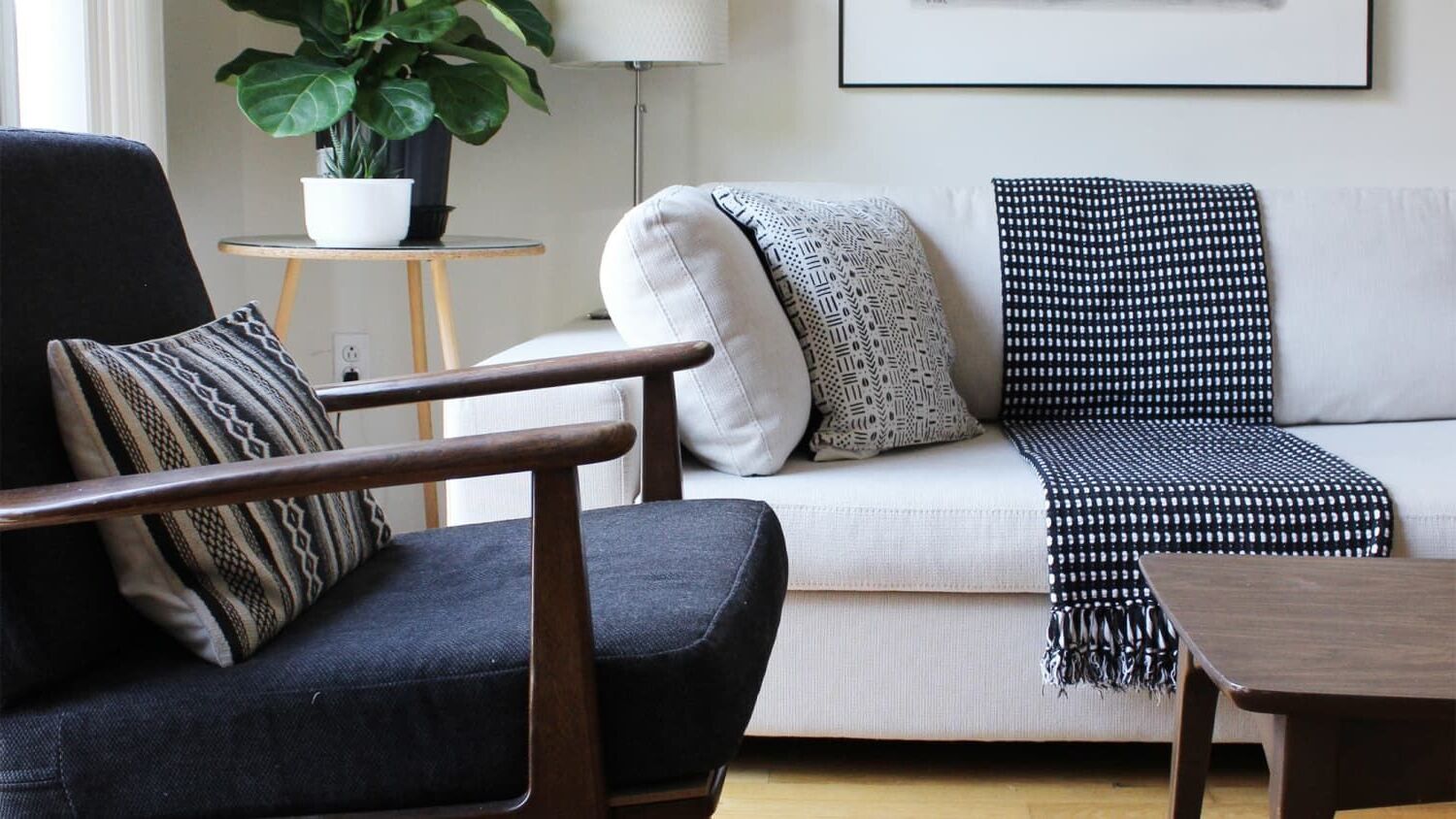
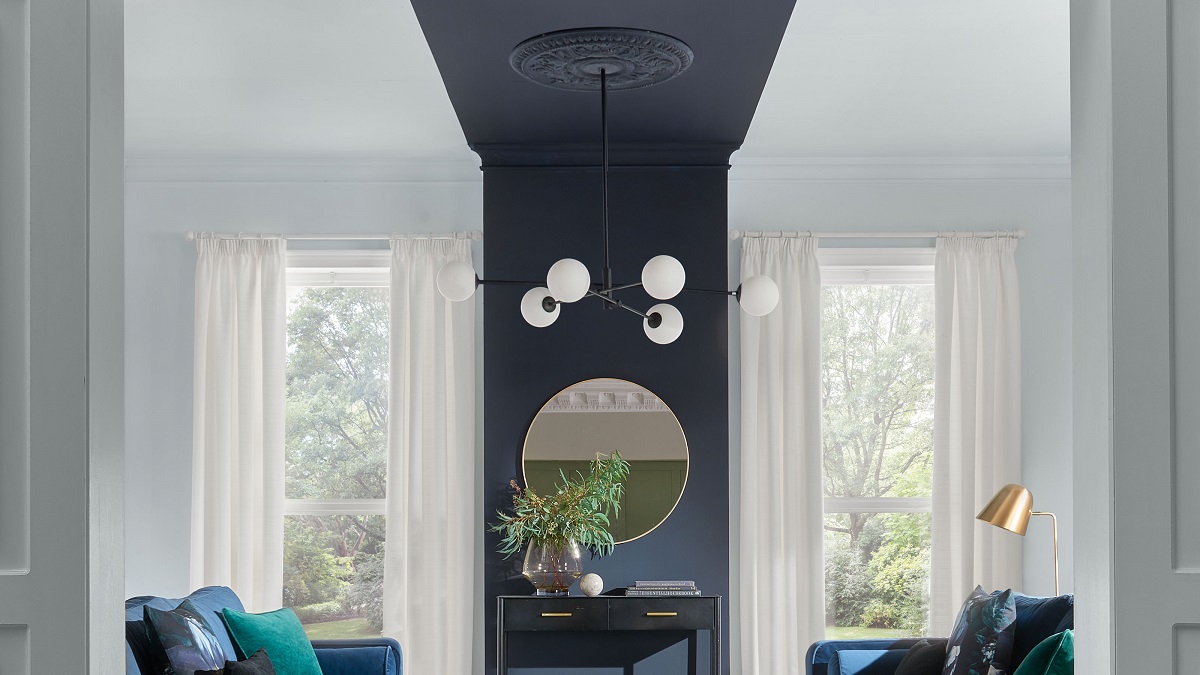
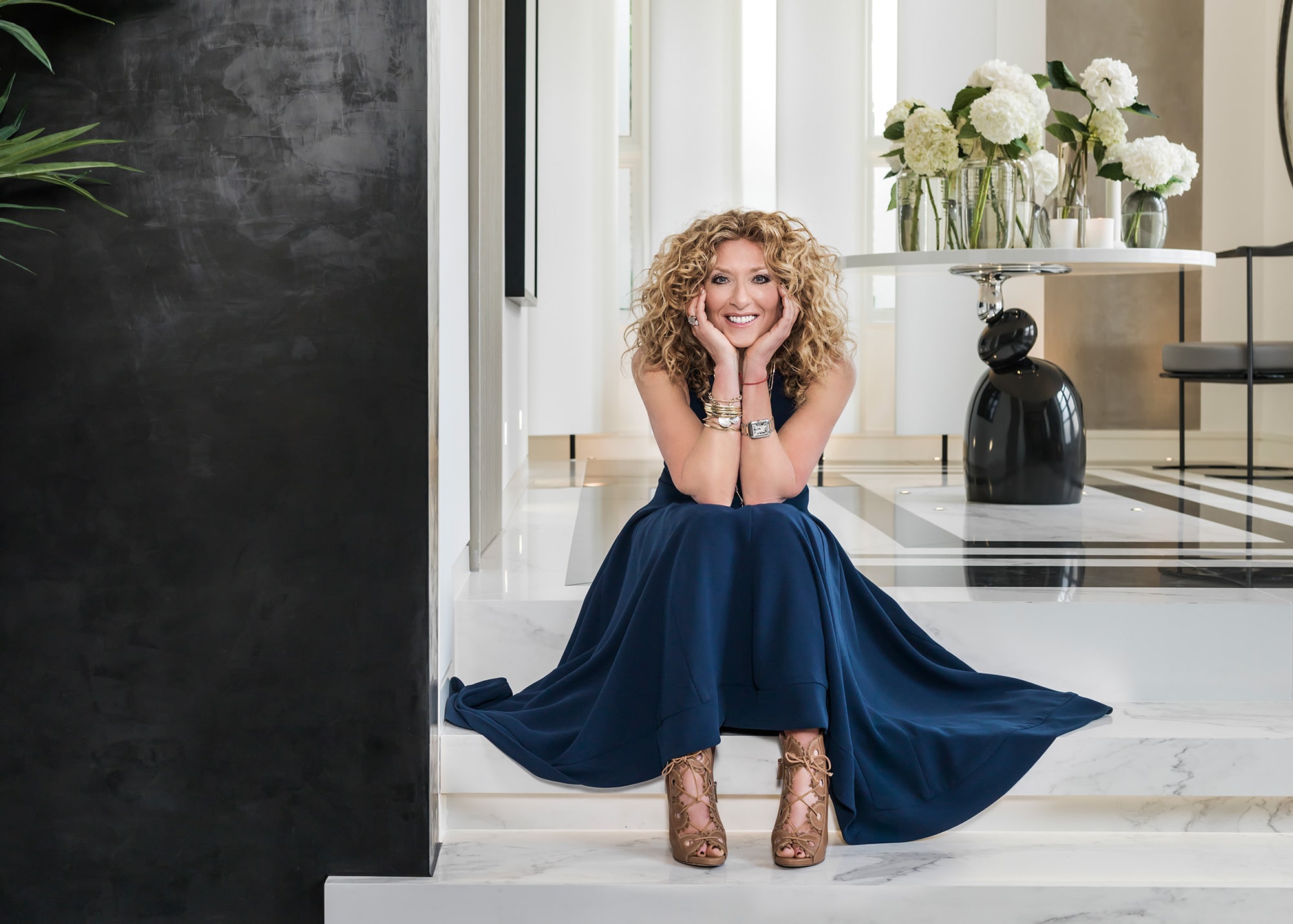
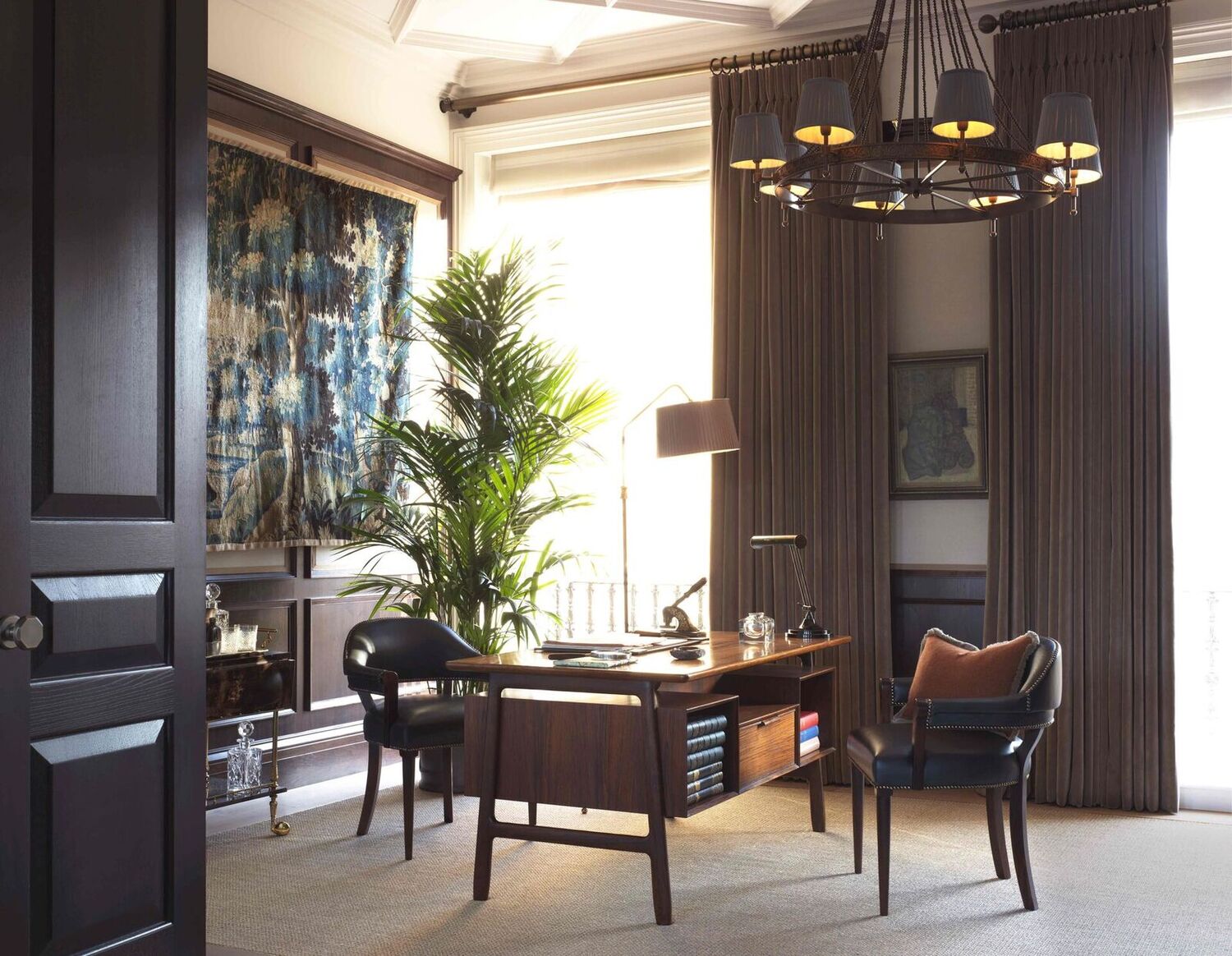
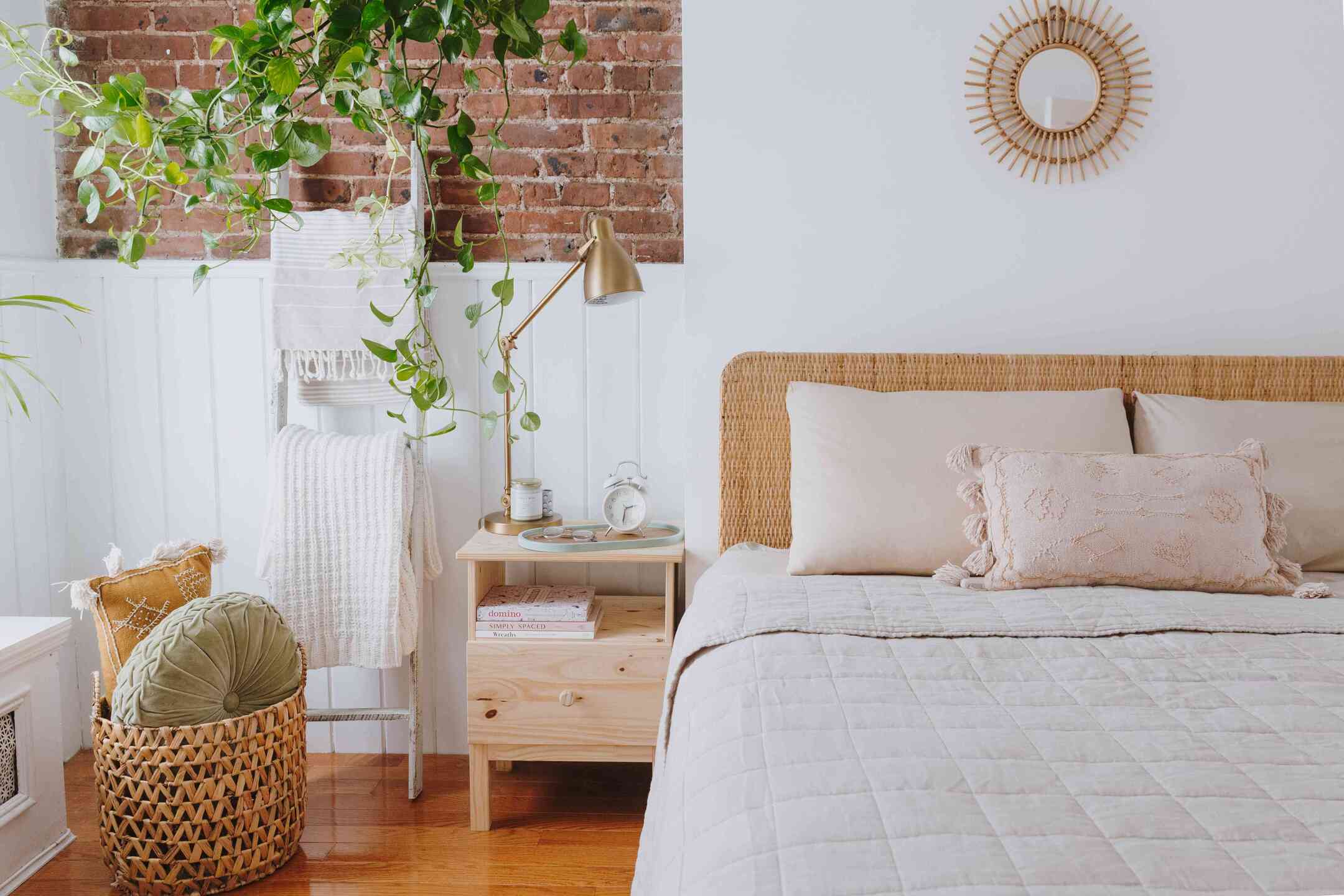
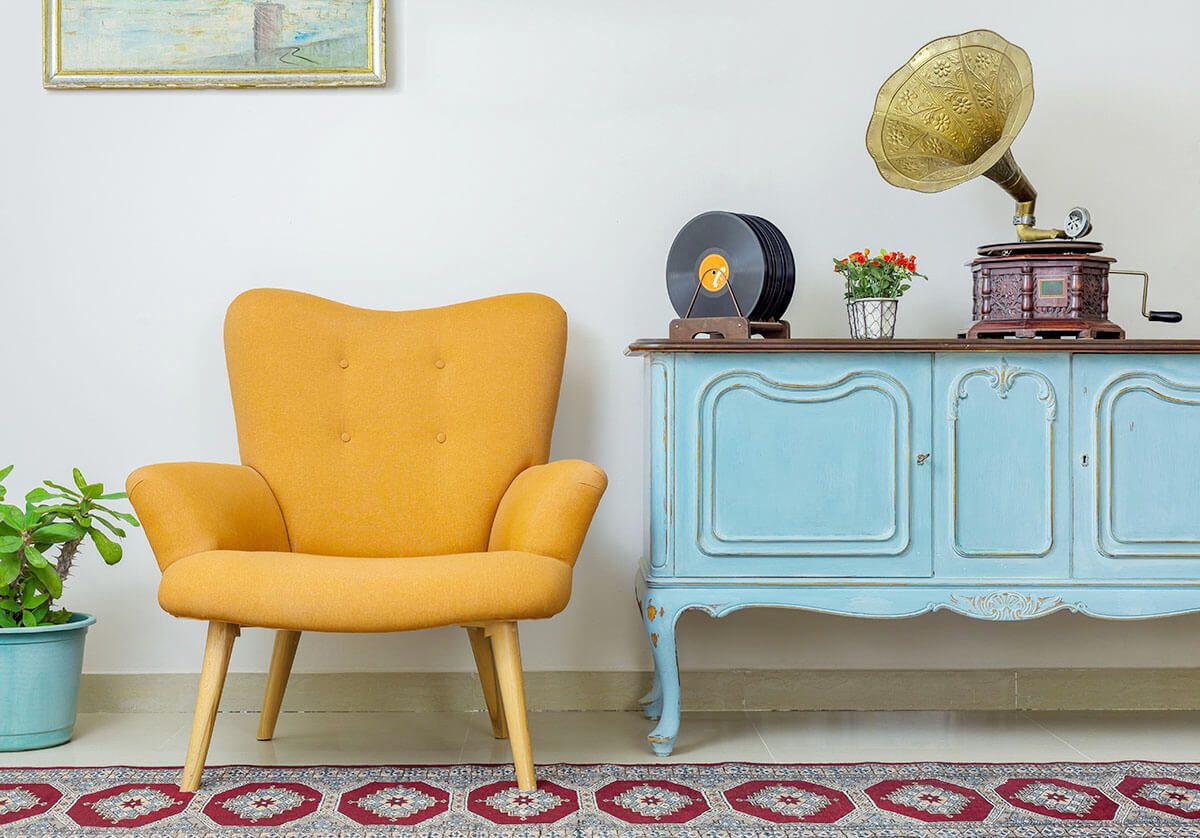
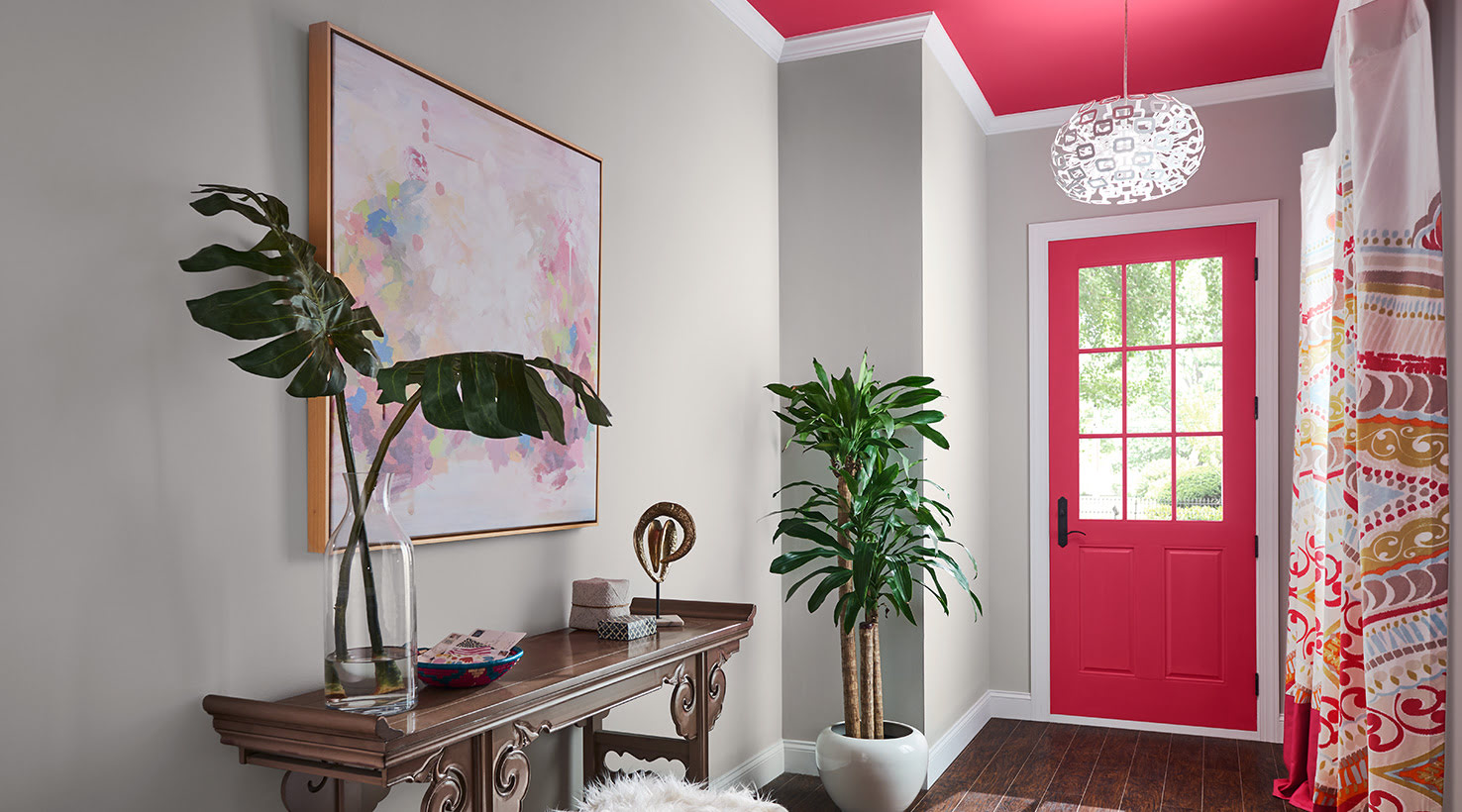
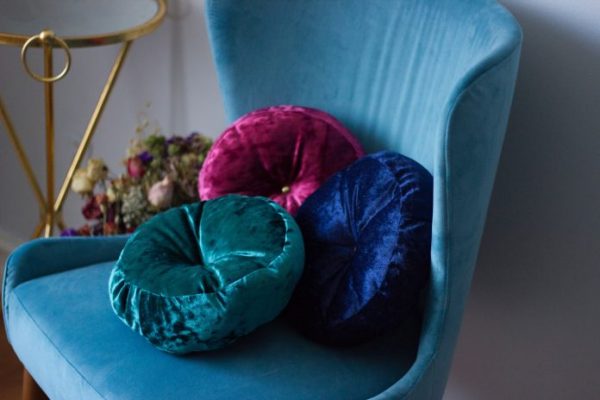
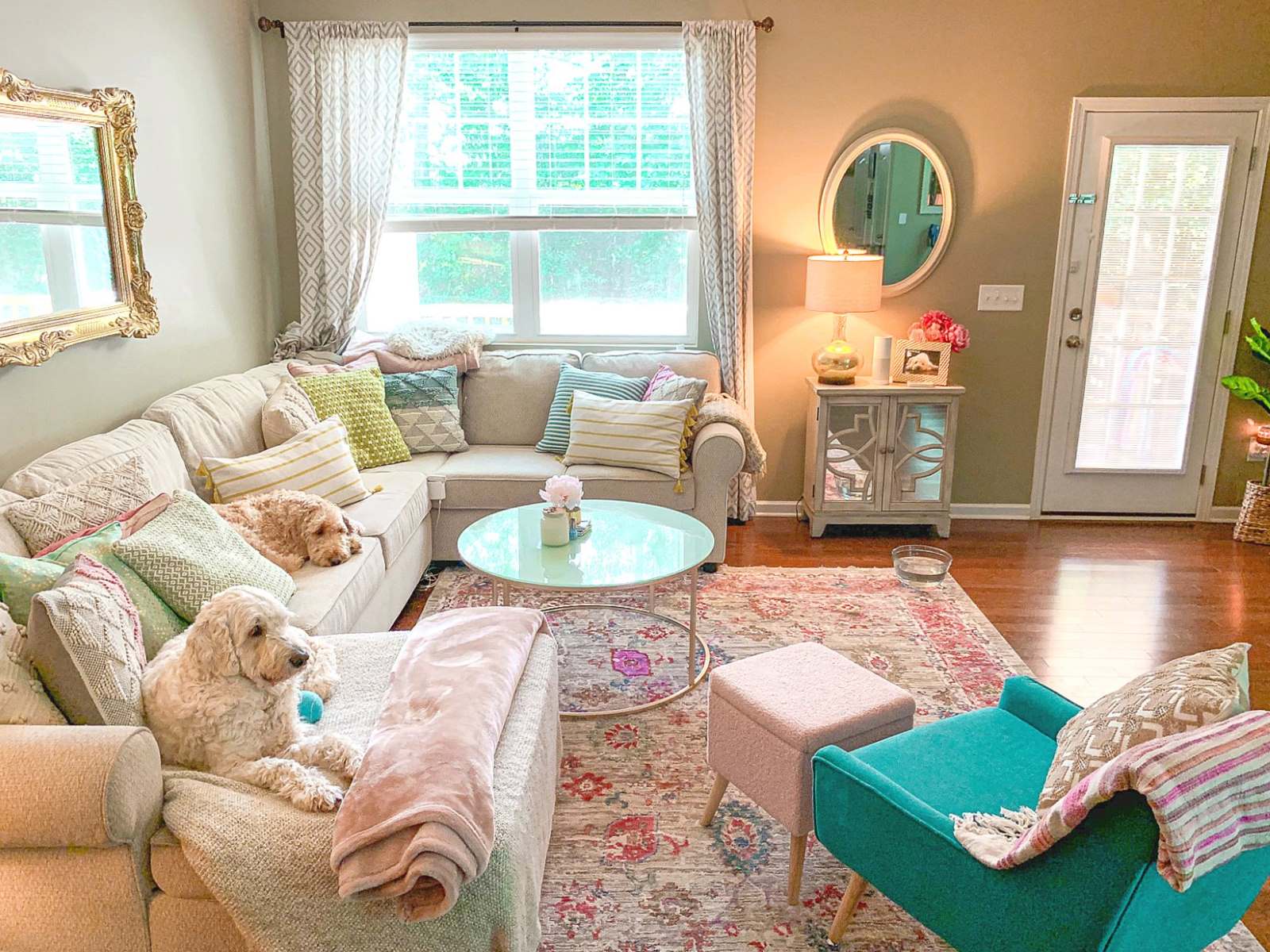
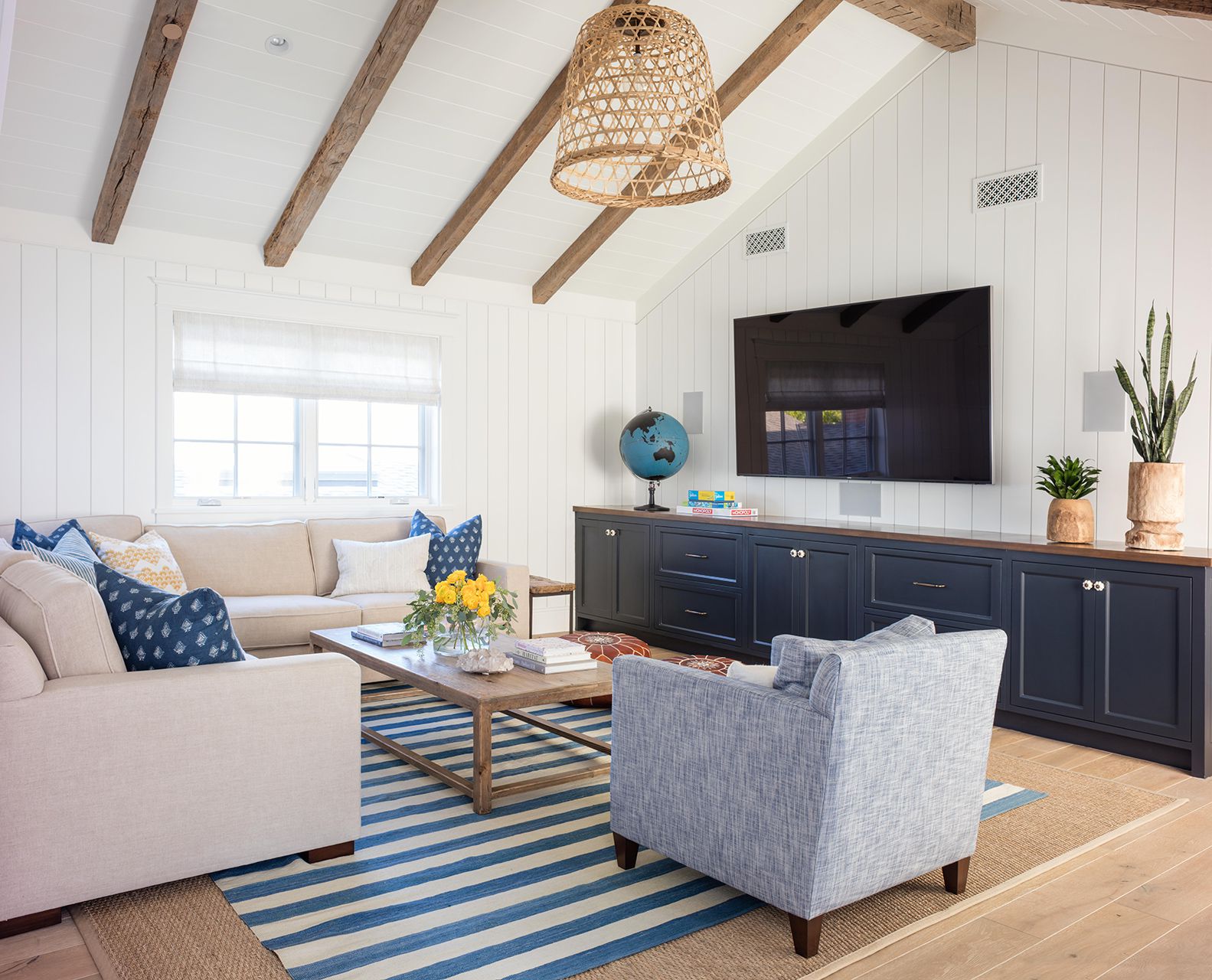
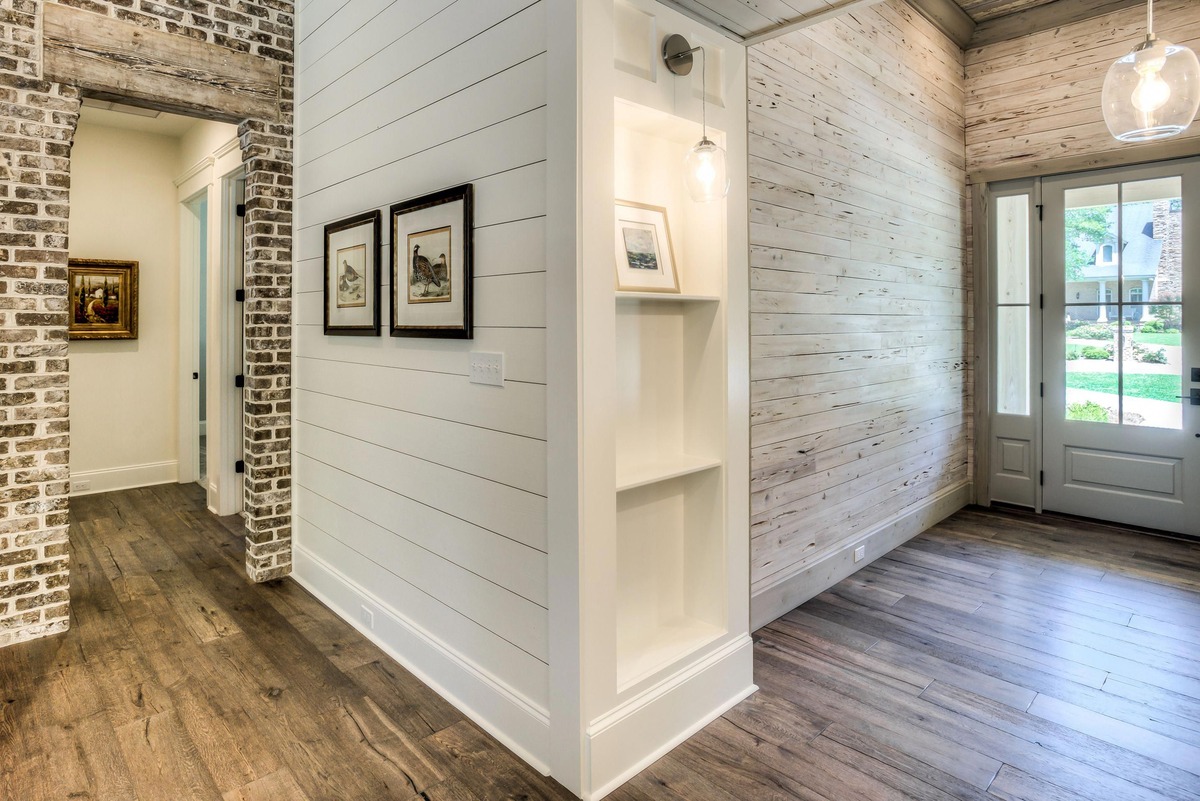
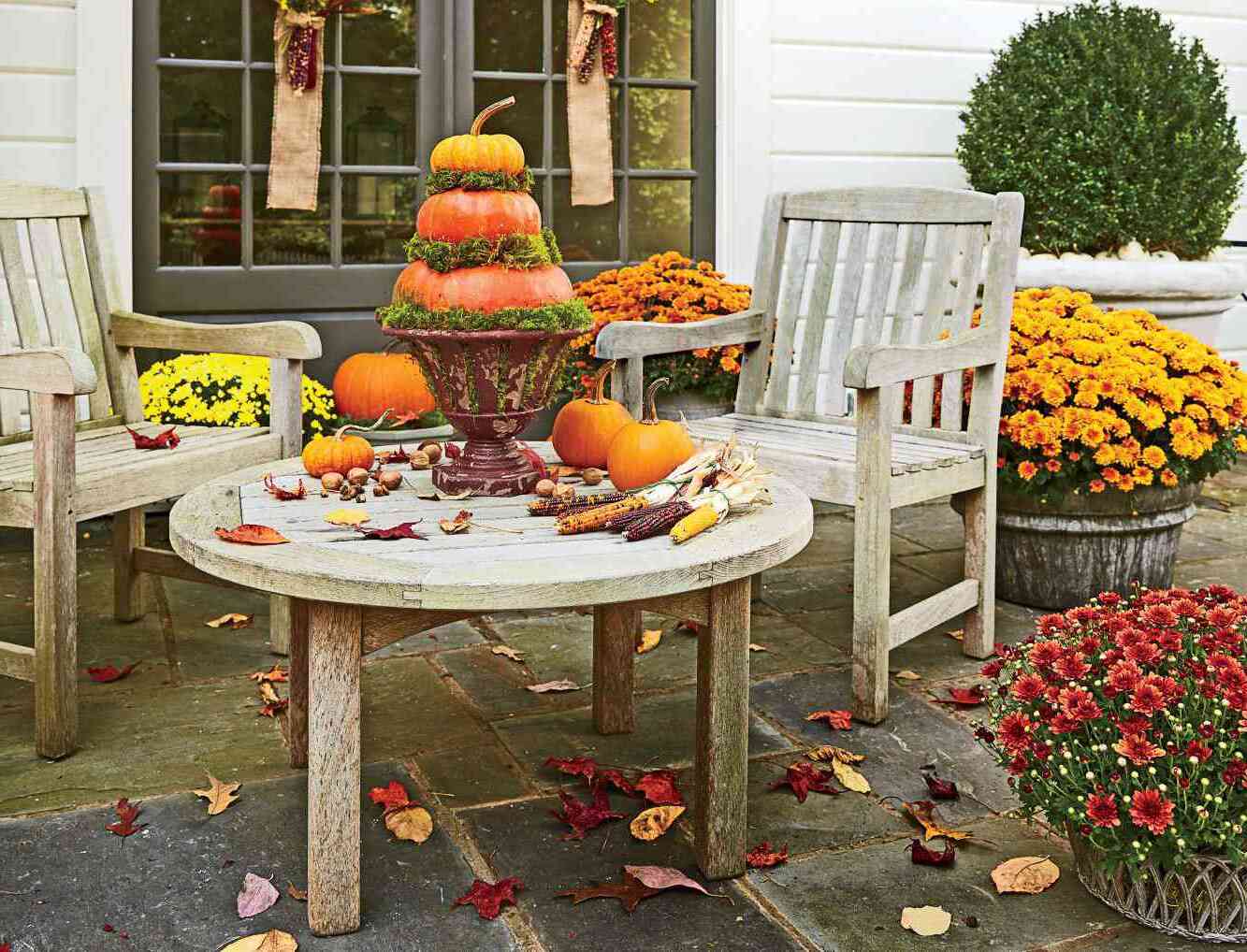
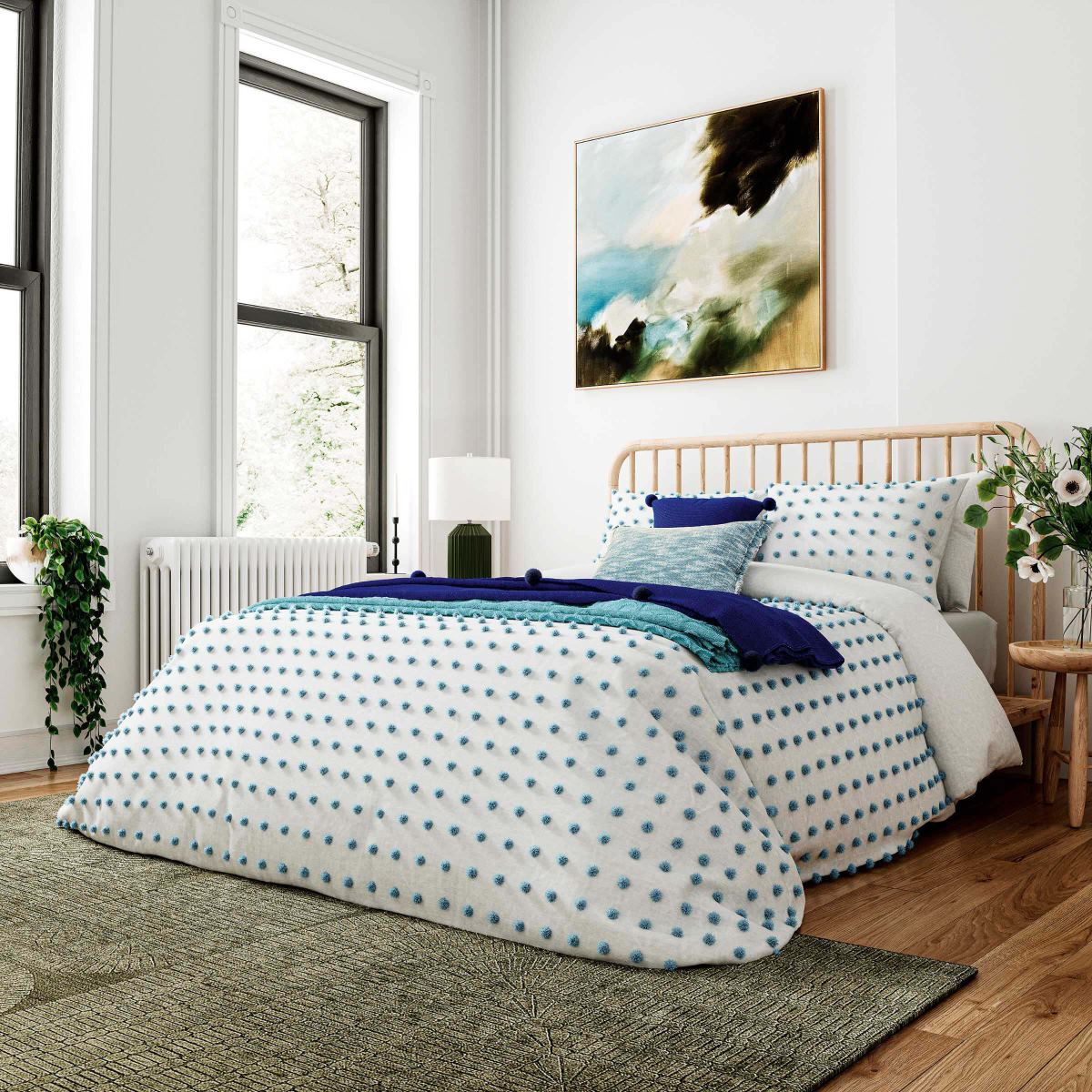

0 thoughts on “10 Ways To Use Textured Paint In Your Home”